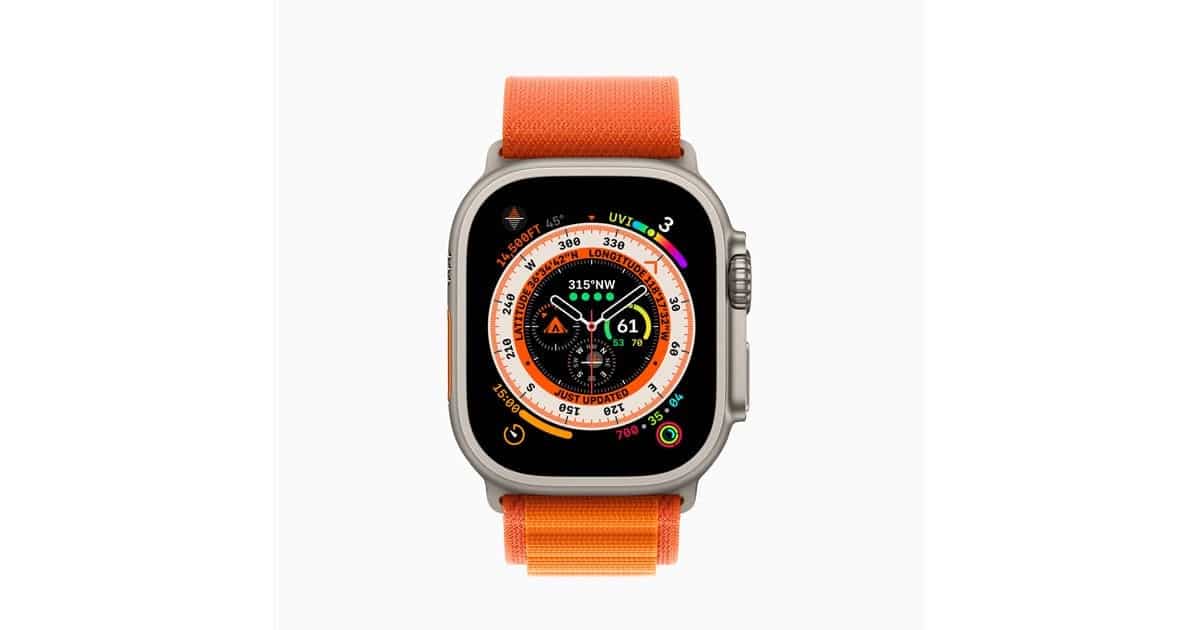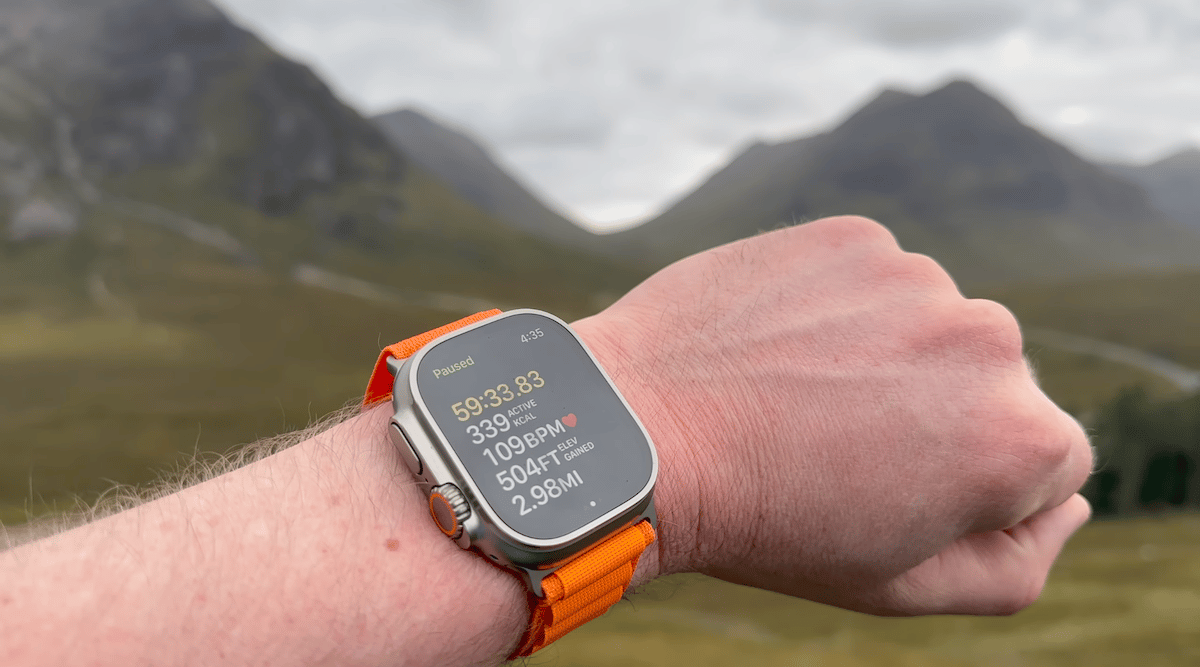Industry sources appear to be confident that the Cupertino tech giant is going to transition the Apple Watch from an OLED tech to a microLED, starting with its highest-end Apple Watch Ultra model. But keep on revising the launch time of the MicroLED Apple Watch Ultra.
Based on the latest market research by Trendforce, The Elec reports that MicroLED Apple Watch Ultra will launch in early 2026, not the second half of 2025.

Previously, it was reported that Apple would use an in-house microLED display for the future Apple Watch Ultra to reduce reliance on its OLED display partner Samsung Electronics and gain more control of its supply chain.
The initial launch time of the MicroLED Apple Watch in 2024 was changed to early 2025 and then to the second half of 2025. However, production challenges have once again pushed back the launch of the MicroLED Apple Watch.
MicroLED Apple Watch Ultra will be more durable and brighter than its OLED models
Currently, all Apple Watch and iPhone models feature OLED displays but the Cupertino tech giant wants to transition to microLED tech. Reportedly the company has invested over $1 billion in the development of custom microLED displays in the past 10 years because it is a more stable and expensive technology than OLED. Smartprix states:
The fundamental difference between OLED and MicroLED displays lies in their underlying technologies. OLEDs utilize organic LED emitters for each subpixel, while MicroLEDs use inorganic emitters that are more stable. Organic emitters can decay over time, leading to problems such as burn-in and luminance dimming.

The Elec further explains that Apple Watch Ultra will be the first product to get a microLED display because of its smaller screen size and less demanding pixel density than an iPhone.
The reason why Apple is aiming to apply micro LED starting with the Apple Watch is that it is relatively easy to apply micro LED to a smartwatch that supports a pixel density of 300 to 400 PPI (PPI: Pixels Per Inch) with a screen size smaller than 2.5 inches. The screen sizes of the Apple iPhone 14 series released last year were 6.1 inches and 6.7 inches, and the pixel density was 458 to 460 PPI. In order to increase the pixel density while applying micro LED, it is necessary to transfer the smaller micro LED chip more densely, but this is not easy.
Since Apple has been unable to resolve the problem of high manufacturing costs, the launch of the MicroLED Apple Watch Ultra has been delayed again.

Having said that, the report is optimistic that once Apple is ready to mass-produce microLED displays, it will expand the tech to other products including Apple Vision Pro.
If Apple secures micro LED technology that can be mass-produced, it can be applied to augmented reality (AR) devices and smartphones in turn after the Apple Watch. Since LED is an inorganic material, it has advantages over OLED, which is an organic material, in product lifespan and luminance (brightness).